Treixadura is not one of those grapes that most wine drinkers seek out. Yet, when you do have one, you’re more often than not pleasantly surprised. For me, it’s a little like Cesanese from Italy–you don’t have to think too hard when reaching for it. It’s a versatile table wine of sorts, one that easily pairs with most anything or nothing at all.
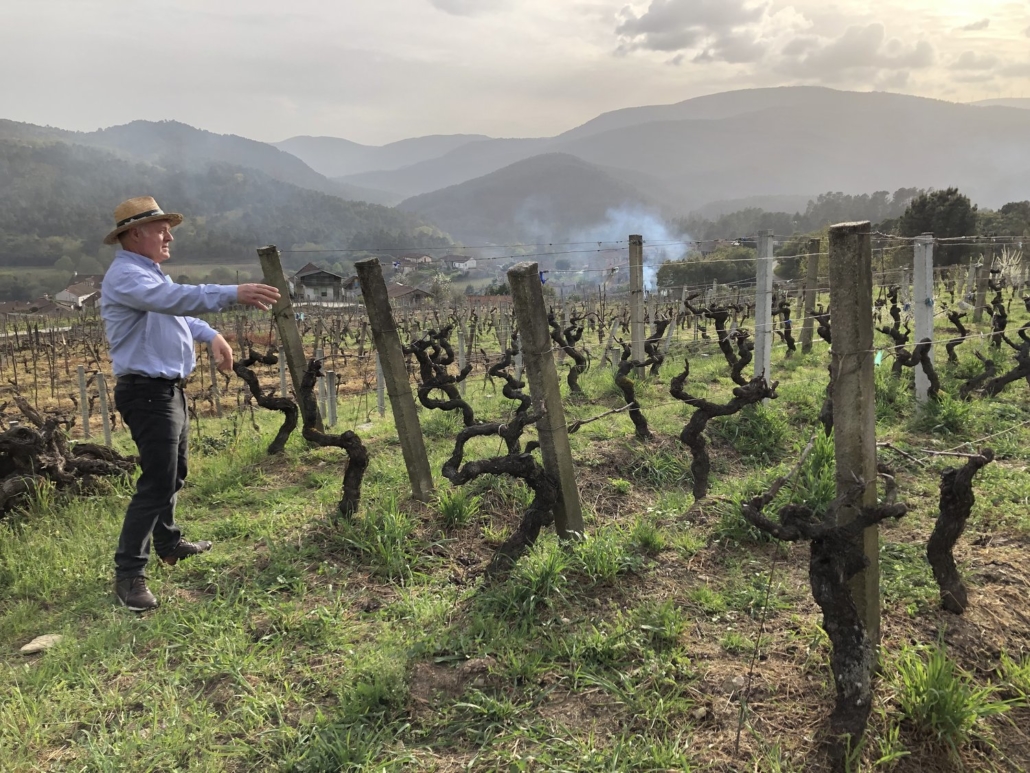
The venerable Luis Anxo Rodríguez Vázquez
The treixadura grape, found most commonly in the Ribeiro DO of Galicia, Spain, has a subtle richness that is buoyed by its rustic character. It’s happy alongside most seafood, especially sauced fish with plenty of herbs, but also plays well with roasted pork or something earthy like sunchokes, celery root, or sweet potatoes.
The Ribeiro DO is a small, concentrated area known for its decomposed granite and sandy soils. Ribeiro was once a thriving grape-growing region with plenty of its wines being shipped to England for consumption during the 16th and 17th centuries. Things changed after phylloxera (insect pest) hit, and many people were forced to rip out their vines and consider other means to an end. Recently though, the tide seems to be swinging in favor of bringing back the quality production of treixadura and other varieties that are at home in this verdant landscape.
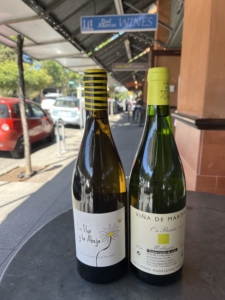
I was first exposed to treixadura by Luis Rodriguez’s Viña de Martin Os Pasas Blanco. It is composed of mostly treixadura, with lado, albariño, and torrontes rounding out the blend. The beauty of this wine lies in its lemon-lime-hued complexities dancing on a spine of granite-derived minerality. I have had this bottling many times over the years, and it always makes me smile–not only for its balance of flavors but also because of its place of origin. This wine comes from Luis’s hometown of Arnoia, home to some of Ribeiro’s steepest south-facing slopes.
The 2022 Gomariz Ribeiro Treixadura ‘La Flor y La Abeja’ is 100 percent treixadura, and it really shows the grape’s quince-like qualities that keep you coming back for sip after sip. This wine shines for its overall quality-to-price ratio, and I find myself turning to this bottle often.
Also of note is the 2022 Formigo Ribeiro Blanco ‘Finca Teira’–65 percent treixadura, 20 percent godello, and 15 percent torrontes, fermented and raised entirely in stainless steel. This shows a supple, yet chiseled wine highlighting the yellow- and green-tinged fruits of this appealing grape.
When I think of Ribeiro, I think bucolic, wooded hillsides with wisps of wood smoke rising above lush, green river valleys. It’s exactly the kind of place I would love to visit and explore a bit more.

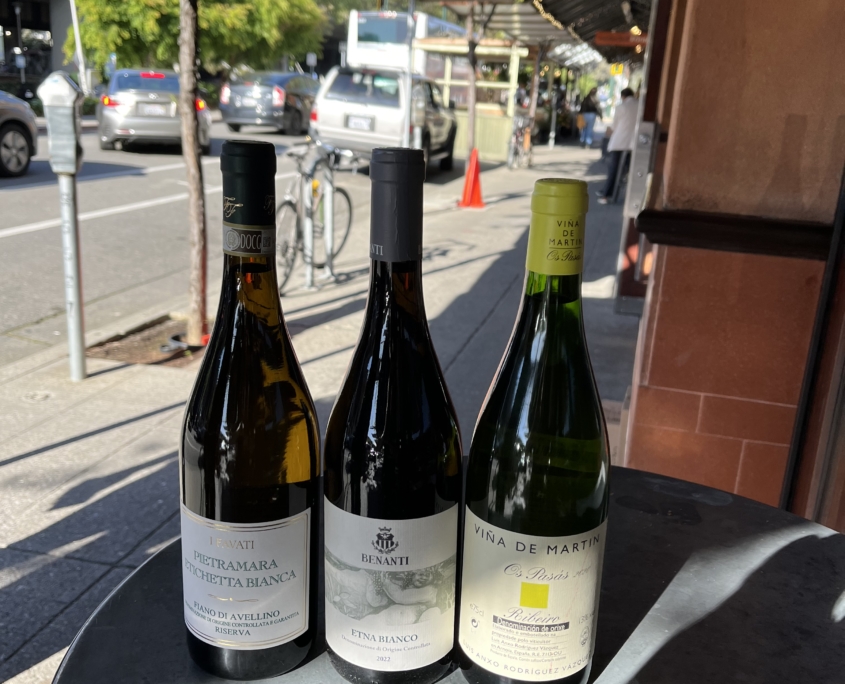 Lees aging is a winemaking regimen in which the juice is not cleared of its fermentation residue. After the yeast is introduced and the process of fermentation–converting sugar to alcohol–is complete, the dead yeast (lees) sinks to the bottom of the vat or barrel. At that point, the winemaker might decide to leave the juice in contact with this milky byproduct for an extended period. Depending on how much lees influence is sought, the juice can be stirred (a process called bâtonnage) to increase its effect.
Lees aging is a winemaking regimen in which the juice is not cleared of its fermentation residue. After the yeast is introduced and the process of fermentation–converting sugar to alcohol–is complete, the dead yeast (lees) sinks to the bottom of the vat or barrel. At that point, the winemaker might decide to leave the juice in contact with this milky byproduct for an extended period. Depending on how much lees influence is sought, the juice can be stirred (a process called bâtonnage) to increase its effect.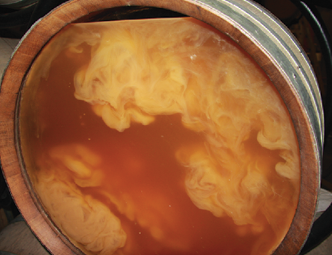
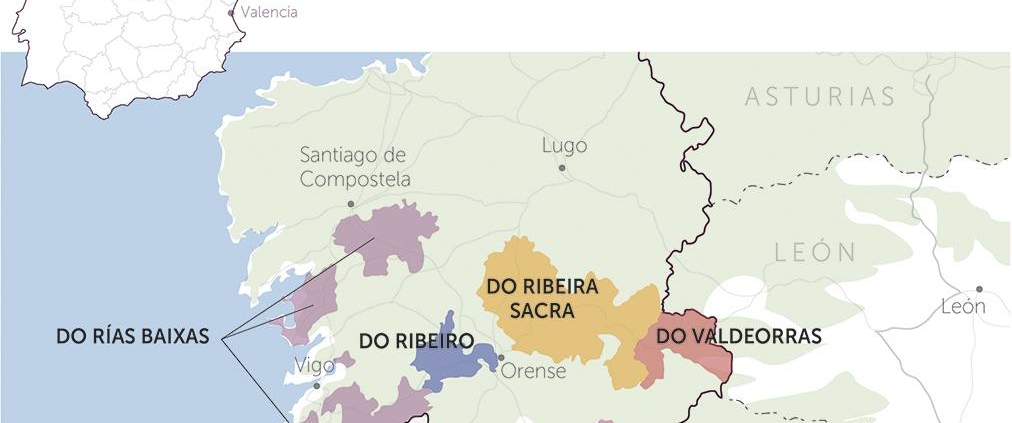
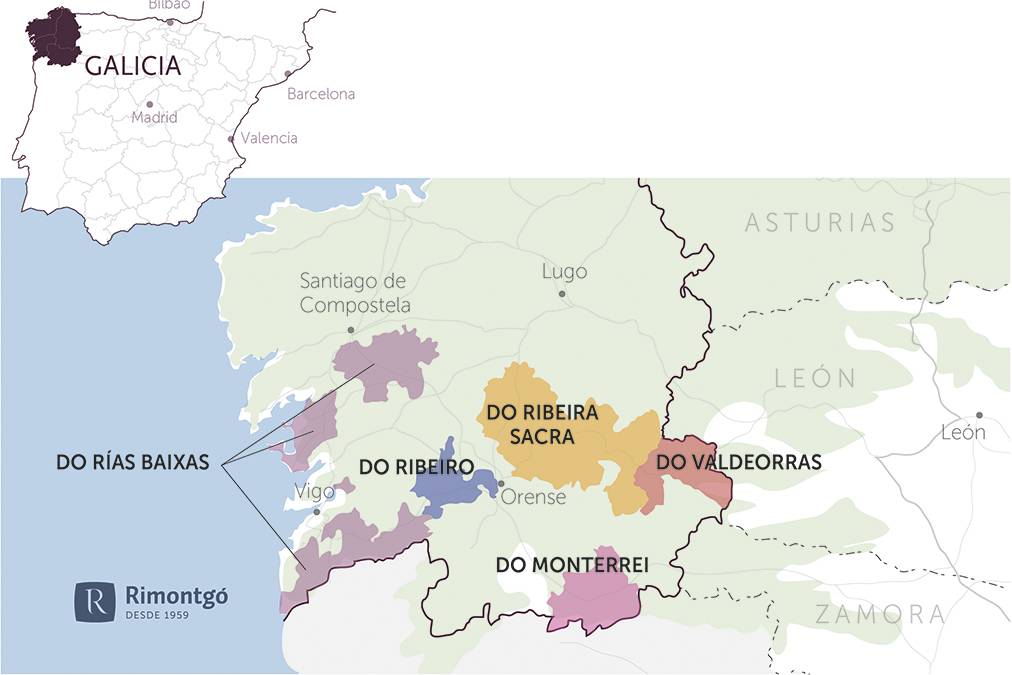
 Among the leading lights of Ribeiro is Luis Anxo Rodriguez Vazquez, who has been making wines in the region for more than 30 years. Included in his lineup are two treixadura-based cuvees, both available at Paul Marcus Wines. Viña de Martin Os Pasás blends treixadura with lado, albariño, and torrontes, and it’s aged in steel on the lees for 10 to 12 months. It makes a perfect match for simply prepared fish and chicken dishes, as well as a variety of hard cheeses. A Teixa adds godello and albariño to its treixadura foundation and spends a year on the lees in large wooden vats. This cuvee partners brilliantly with all manner of shellfish (especially scallops) and full-flavored poultry creations.
Among the leading lights of Ribeiro is Luis Anxo Rodriguez Vazquez, who has been making wines in the region for more than 30 years. Included in his lineup are two treixadura-based cuvees, both available at Paul Marcus Wines. Viña de Martin Os Pasás blends treixadura with lado, albariño, and torrontes, and it’s aged in steel on the lees for 10 to 12 months. It makes a perfect match for simply prepared fish and chicken dishes, as well as a variety of hard cheeses. A Teixa adds godello and albariño to its treixadura foundation and spends a year on the lees in large wooden vats. This cuvee partners brilliantly with all manner of shellfish (especially scallops) and full-flavored poultry creations.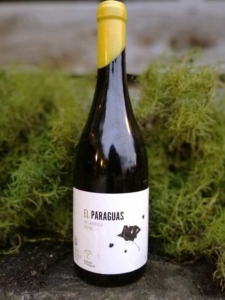 Another producer working wonders with treixadura is Bodegas El Paraguas, whose estate white blend is mostly treixadura with some godello and albariño. With minimal oak influence (only the godello sees wood), the El Paraguas is a bit more focused than Rodriguez’s blends, and equally as satisfying.
Another producer working wonders with treixadura is Bodegas El Paraguas, whose estate white blend is mostly treixadura with some godello and albariño. With minimal oak influence (only the godello sees wood), the El Paraguas is a bit more focused than Rodriguez’s blends, and equally as satisfying.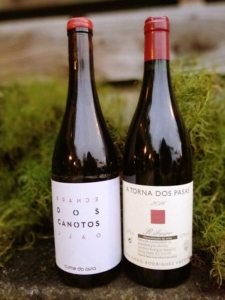 Rodriguez makes two brancellao-based cuvees (blended with other indigenous Ribeiro grapes including caiño and ferrol) that have been featured at Paul Marcus Wines: the Eidos Ermos bottling, which combines oak and steel aging, and the slightly sturdier A Torna Dos Pasás, which sees 12 months of used oak. These food-friendly blends can accompany anything from spicy pork dishes to tuna steaks.
Rodriguez makes two brancellao-based cuvees (blended with other indigenous Ribeiro grapes including caiño and ferrol) that have been featured at Paul Marcus Wines: the Eidos Ermos bottling, which combines oak and steel aging, and the slightly sturdier A Torna Dos Pasás, which sees 12 months of used oak. These food-friendly blends can accompany anything from spicy pork dishes to tuna steaks.